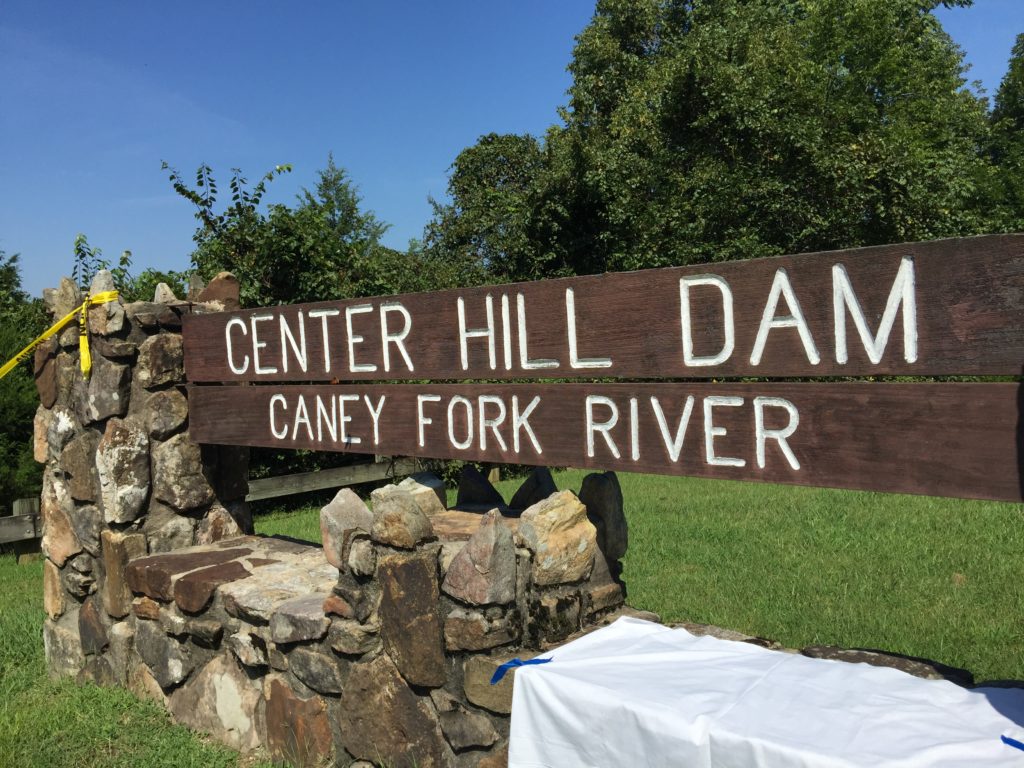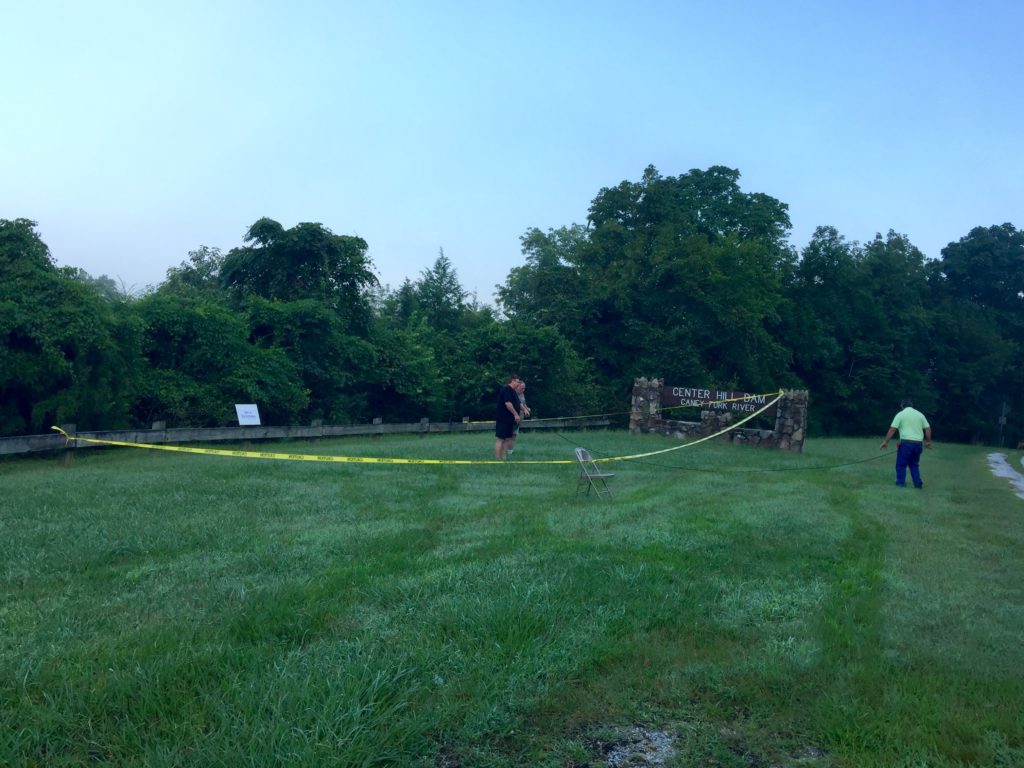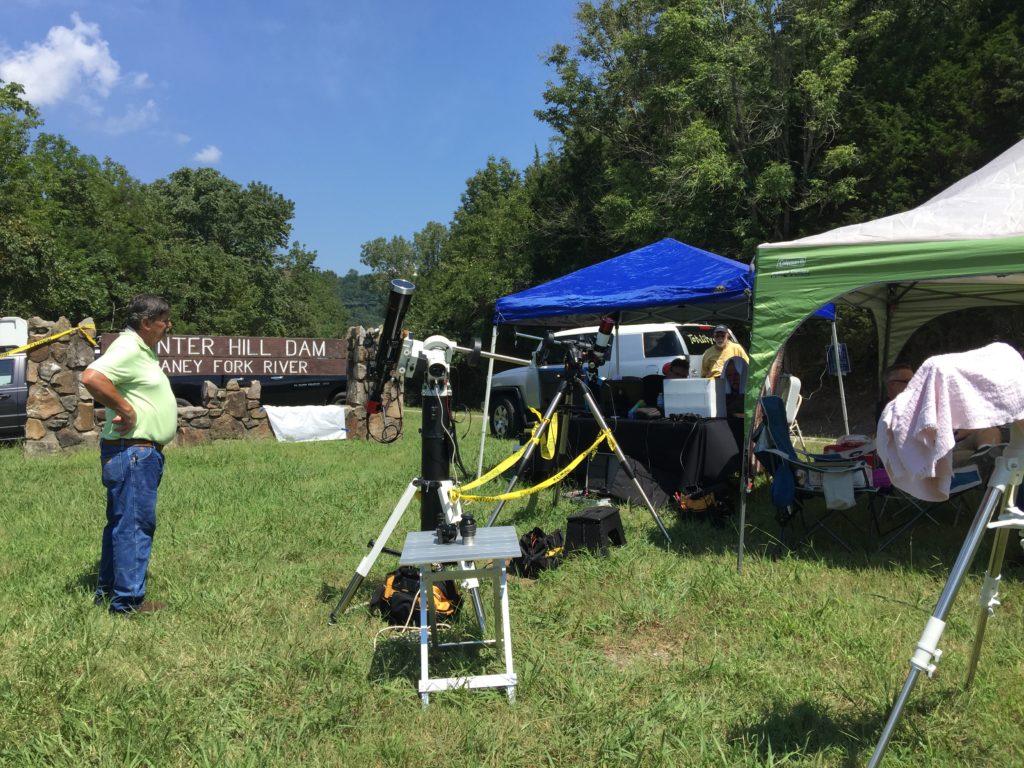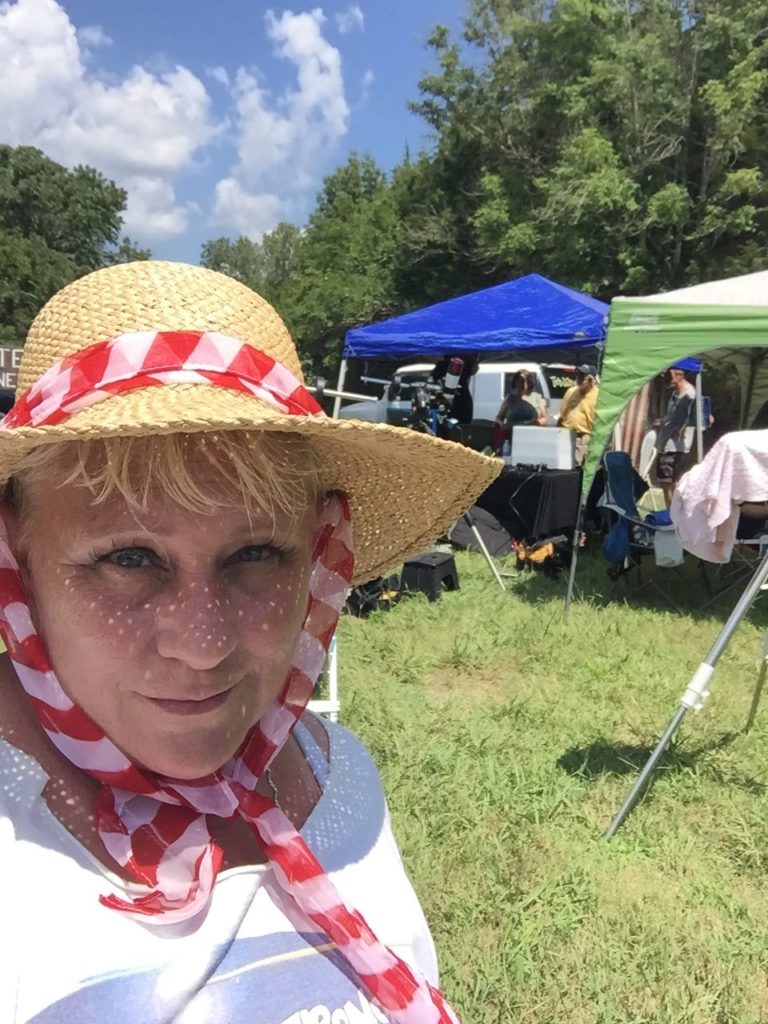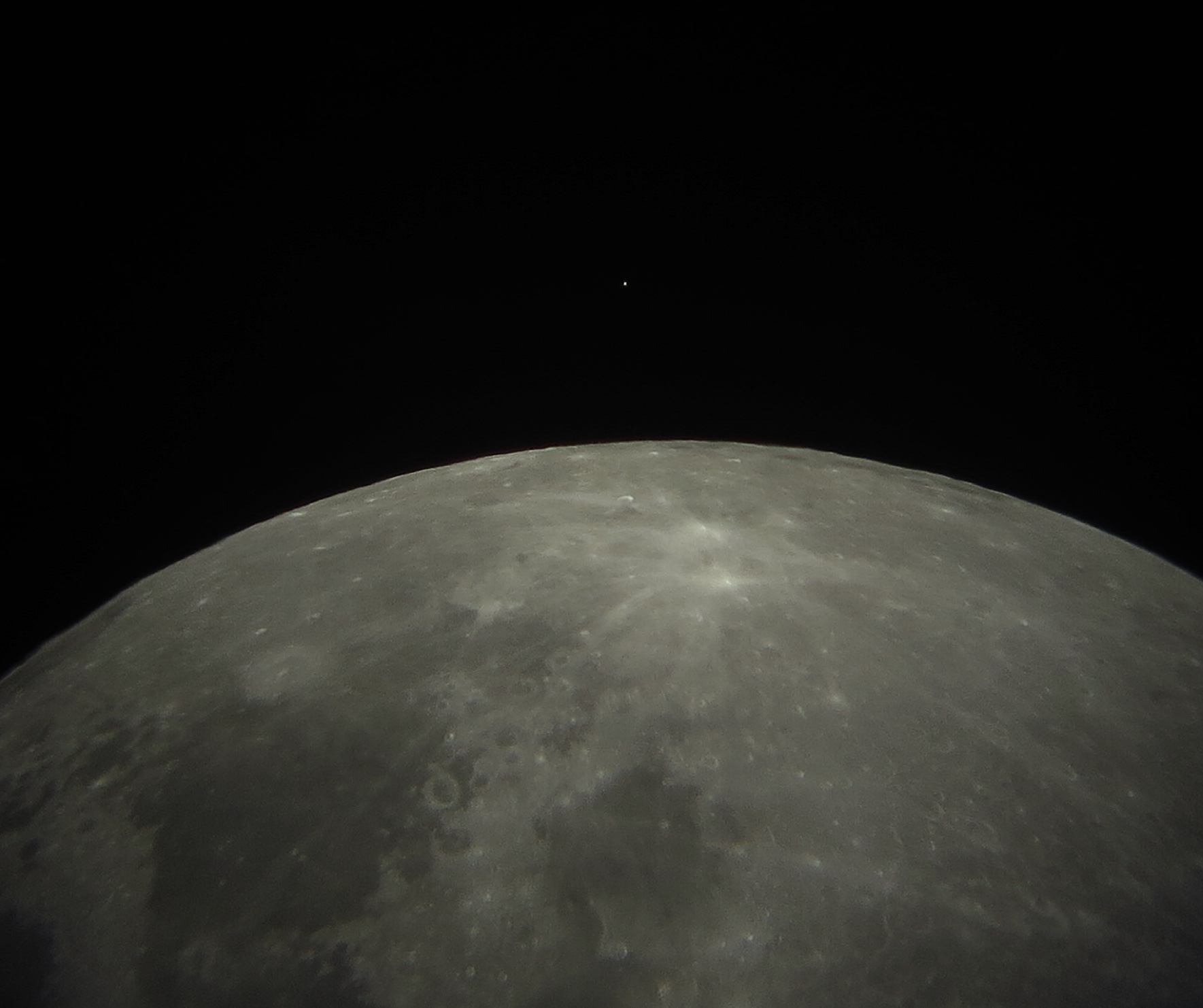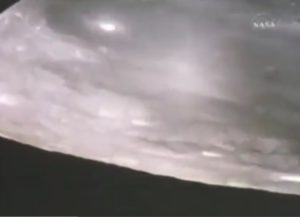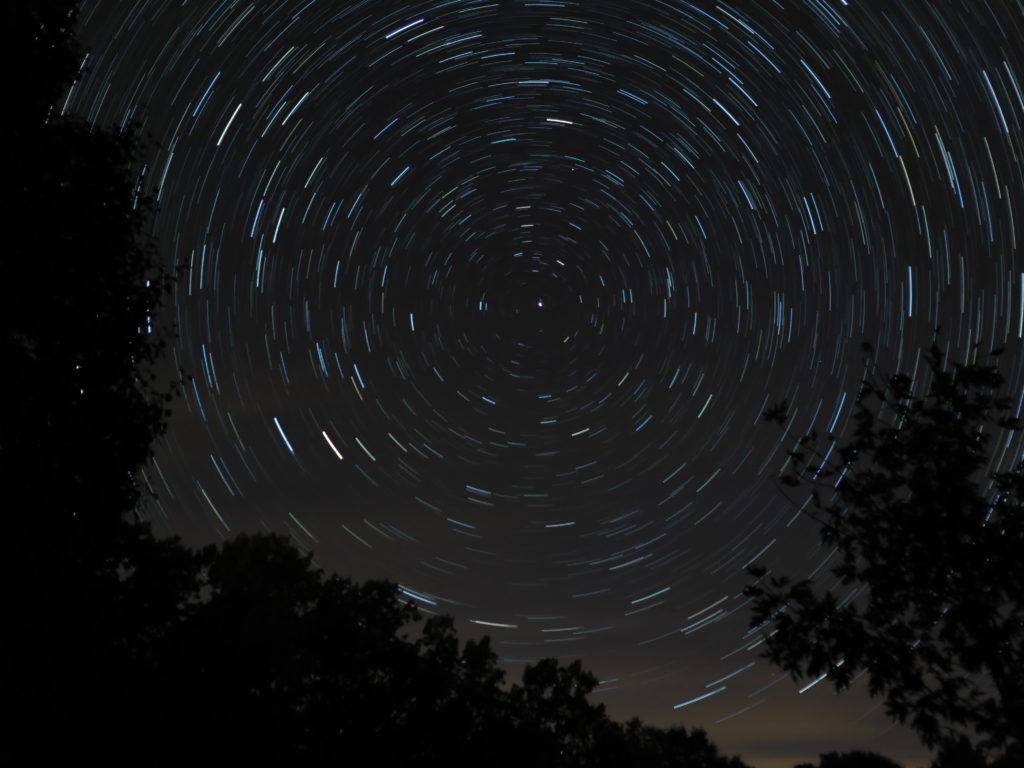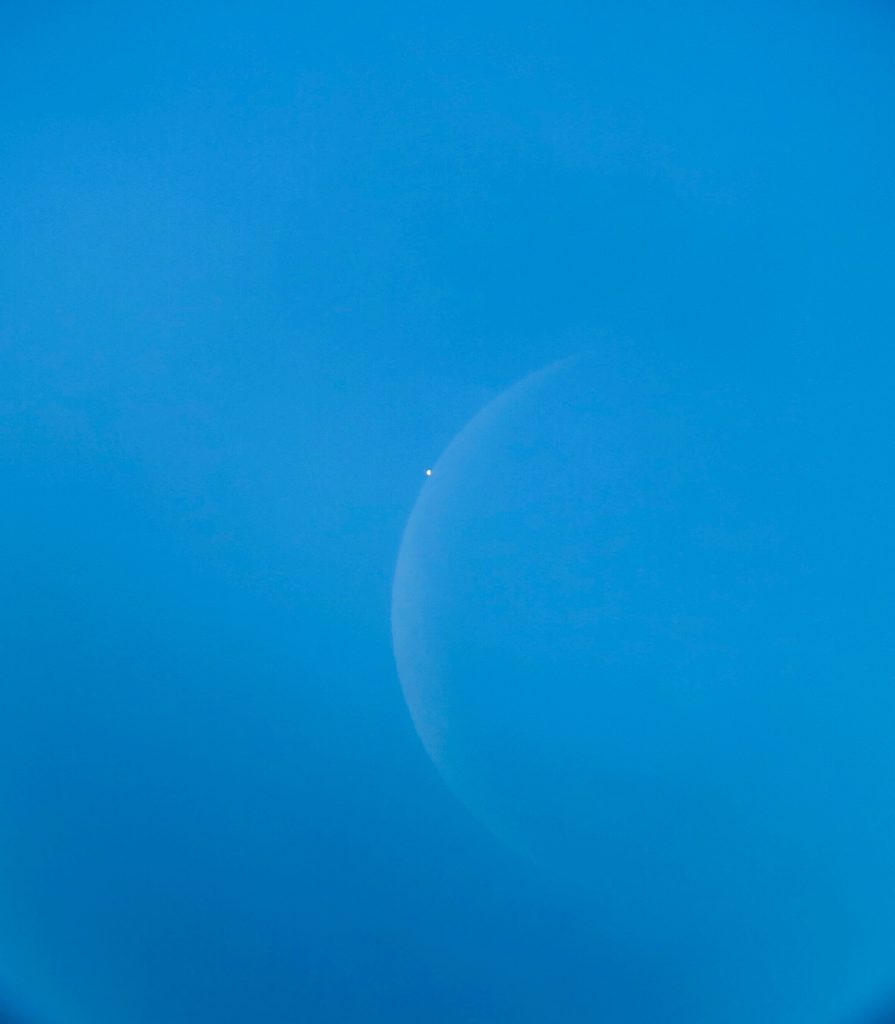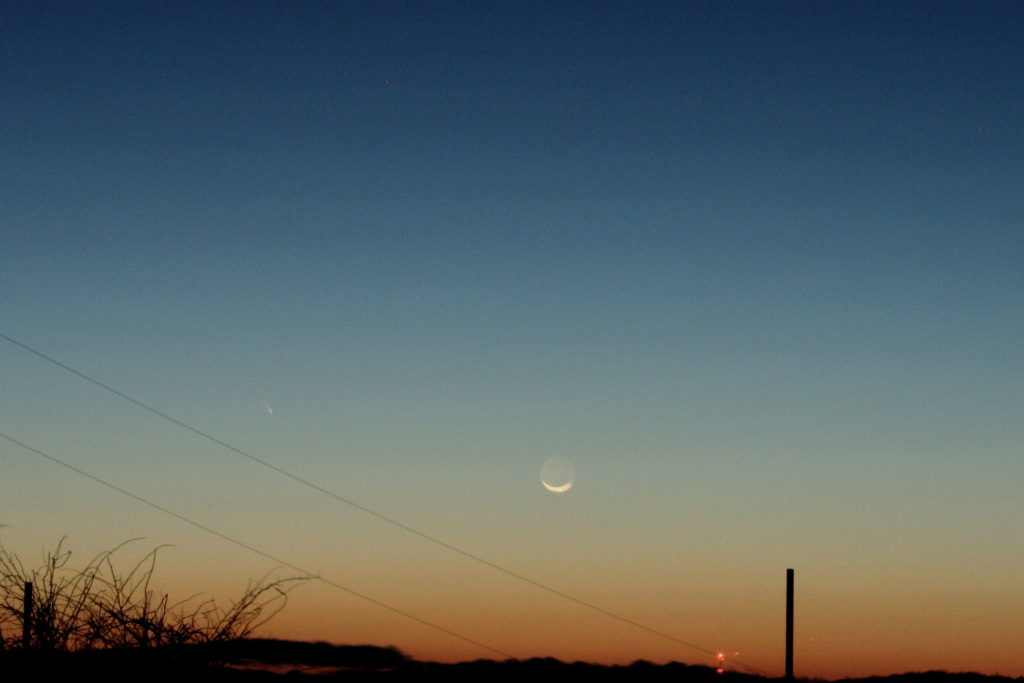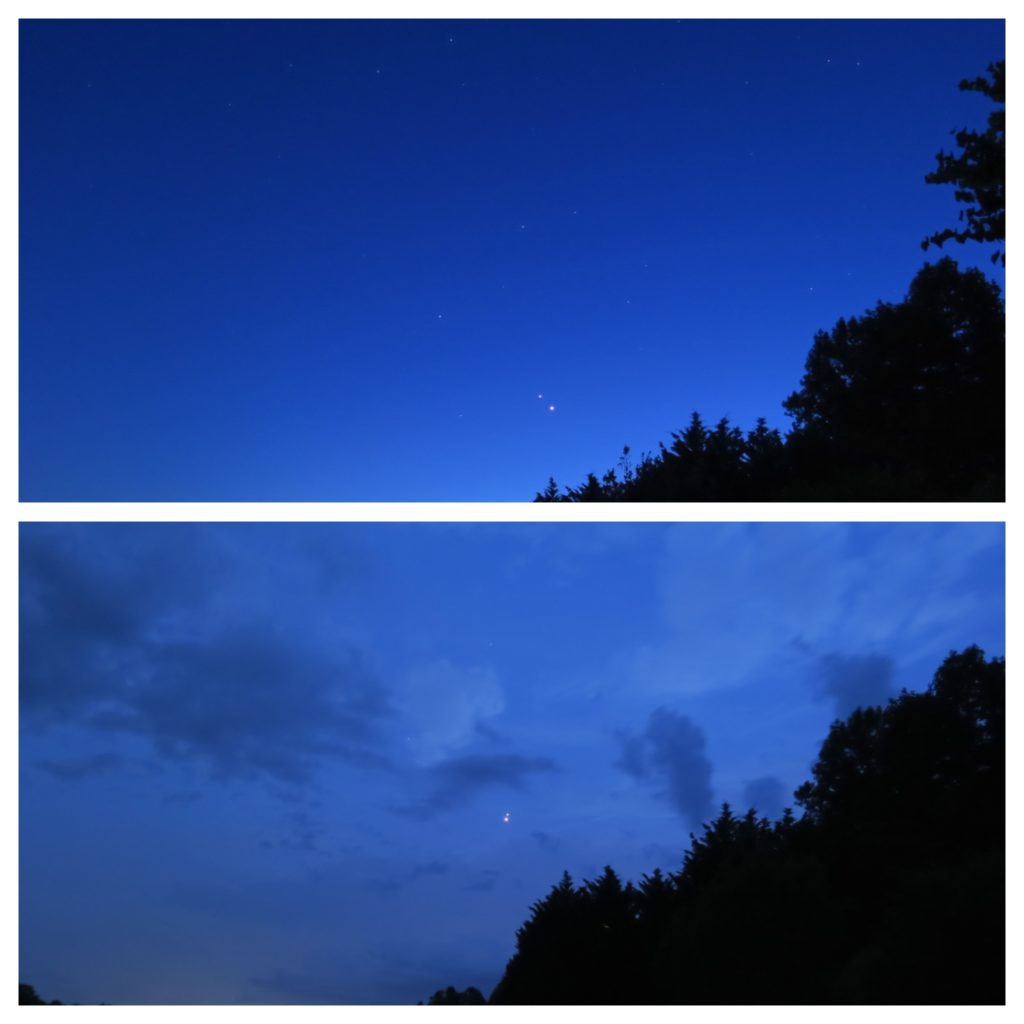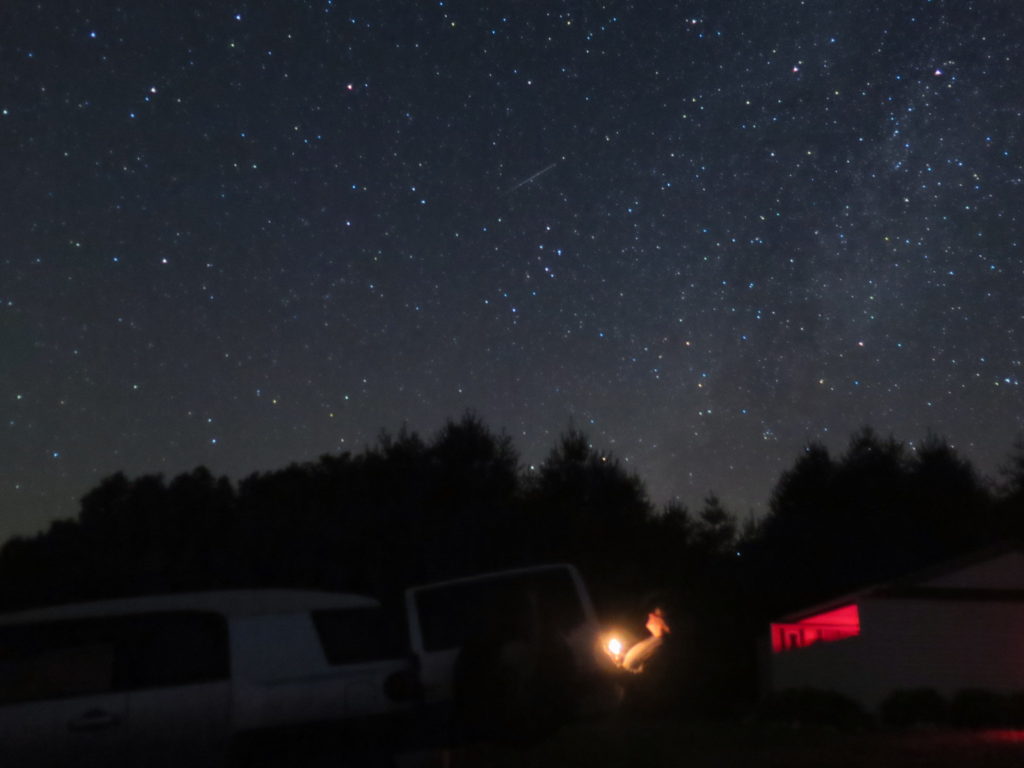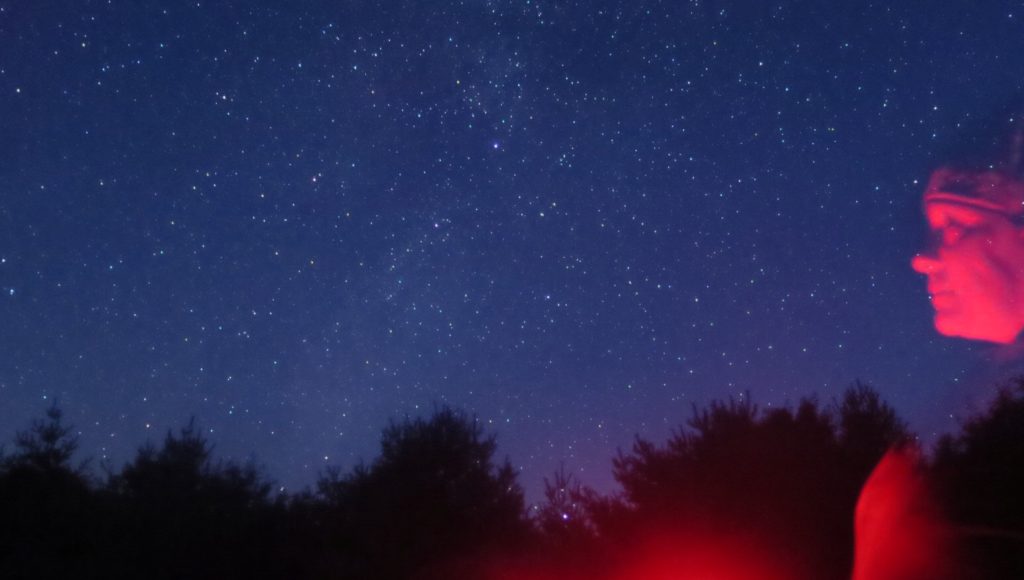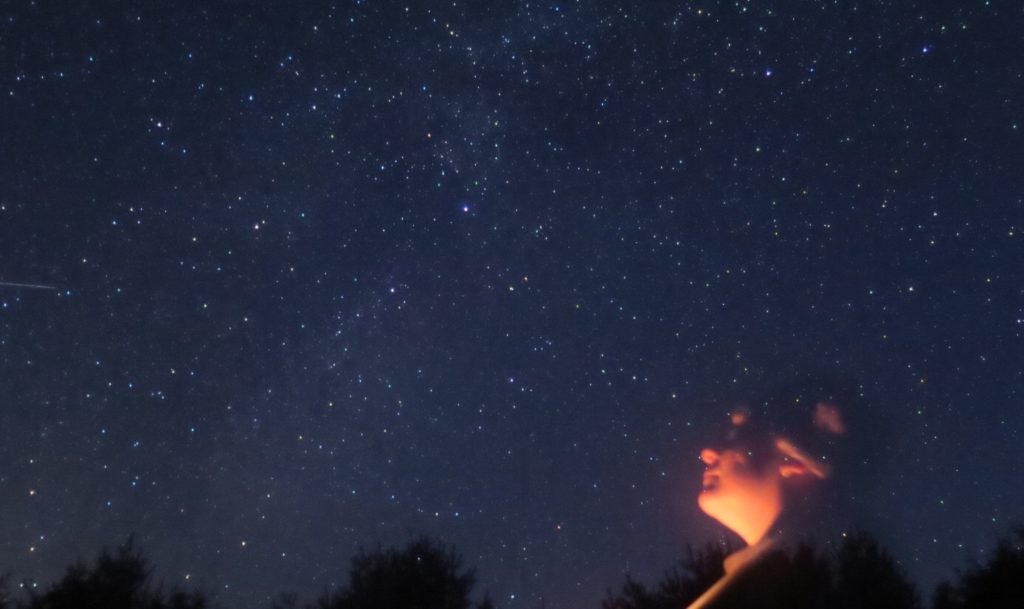August 21, 2017 Some people have panic attacks over bills, work or their family. Not me, I have panic attacks over totality. Stargazers, such as myself, spend years thinking about an eclipse they might get to see. For this particular eclipse. For nearly 10 years, I waited anxiously for that 2 minute 45 second stretch […]
 August 21, 2017
August 21, 2017
Some people have panic attacks over bills, work or their family. Not me, I have panic attacks over totality. Stargazers, such as myself, spend years thinking about an eclipse they might get to see. For this particular eclipse. For nearly 10 years, I waited anxiously for that 2 minute 45 second stretch of glorious darkness. The Great American Ecliose of 2017. An eclipse spanning the entire length of the continental United States and watched by millions of people.

So many variables to worry about when viewing an eclipse. Will I be in a good location? Will there be clouds? Will their be traffic? Will there be coffee and a bathroom? These don’t even begin to touch on the more difficult factors to worry about, like will I get a good picture, how do I want to image it, do I have equipment to image and of course, will I get to enjoy totality.
After nearly 2 weeks of heart palpitations, horrible sleep, wrecked nerves and the last of my Xanax, I decided, I’ll get what I get and I’ll spend my time enjoying the beautiful show. I just won’t worry about pictures. Millions of people will get images, a few thousand will get decent ones and a few will get some really nice ones. My images won’t matter, but my experience will.
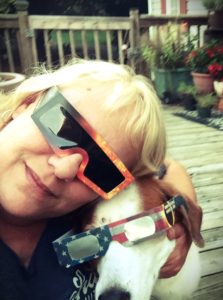
I’ve seen a couple of partial eclipses, and even SLEPT thru one annular eclipse, but I’ve never experienced Totality. Heck, less than 10 years ago, I didn’t even realize that it actually got dark during Totality. So, you see, I had to make sure I experienced Totality..
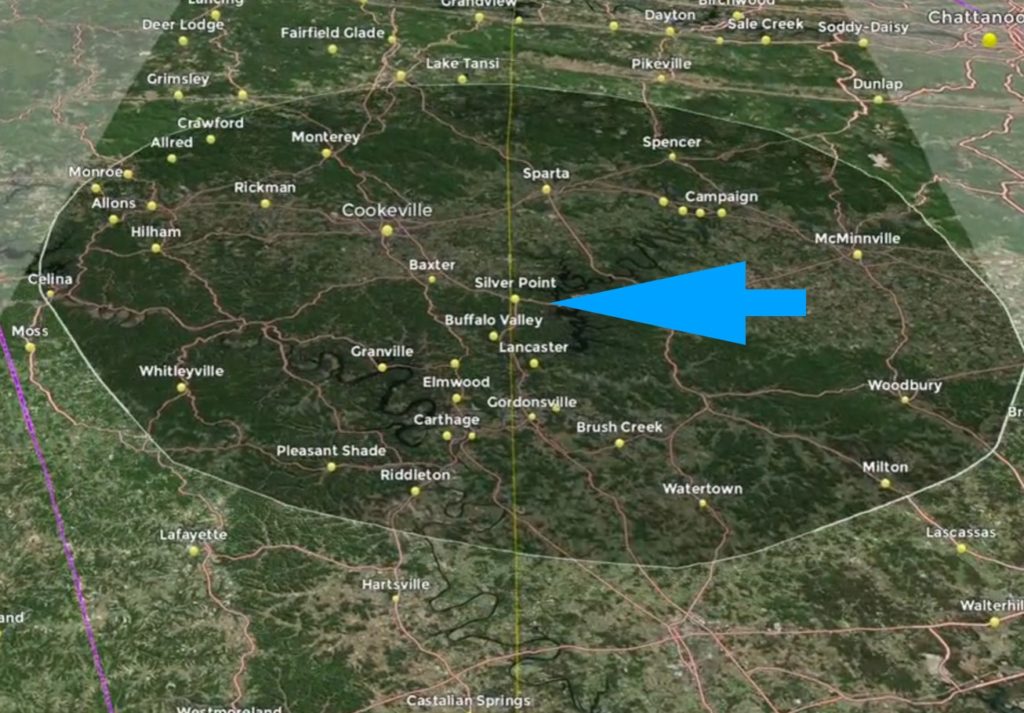
I planned, i ordered my glasses early, I practiced imaging, I packed up the family and we headed west to Tennessee.
Turns out, not only did I get to enjoy Totality, but I also got pictures!
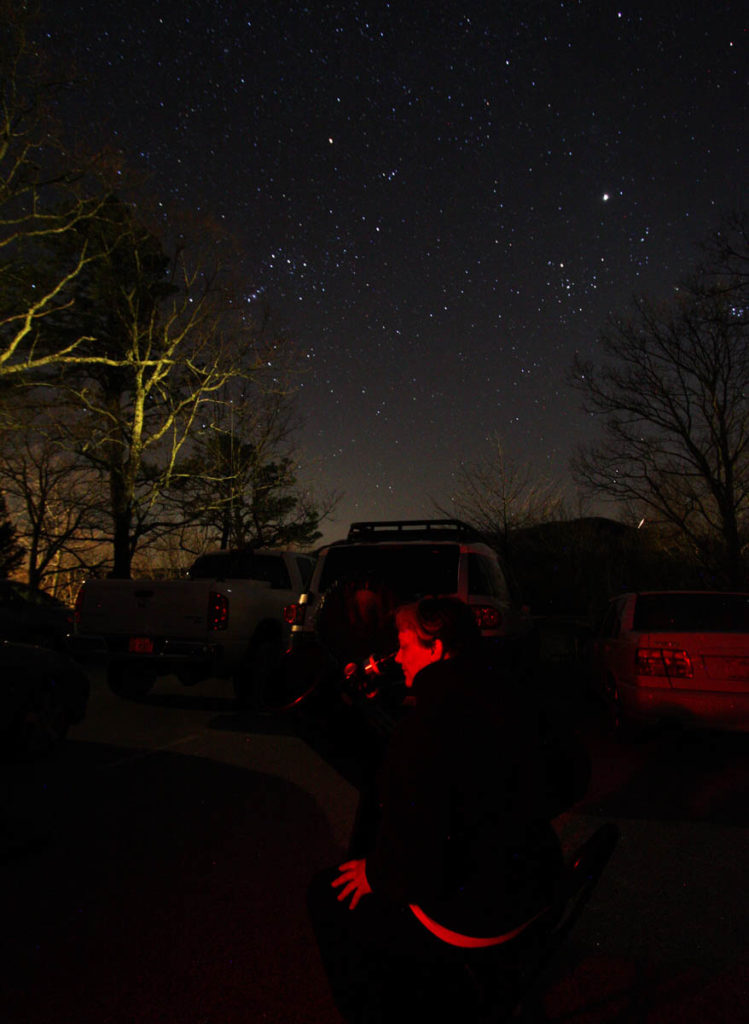
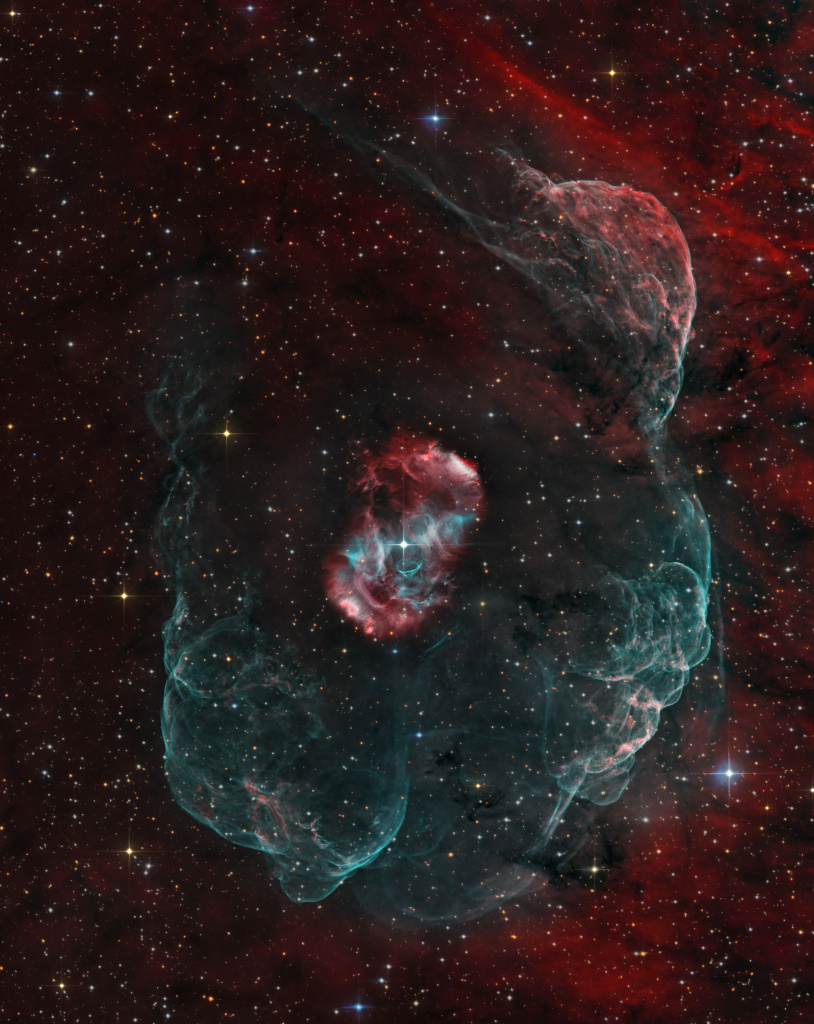
 August 21, 2017
August 21, 2017


 Since I didn’t plan of getting pictures during Totality, I decided to focus on things I could attempt to capture with a lot less effort.
Since I didn’t plan of getting pictures during Totality, I decided to focus on things I could attempt to capture with a lot less effort.